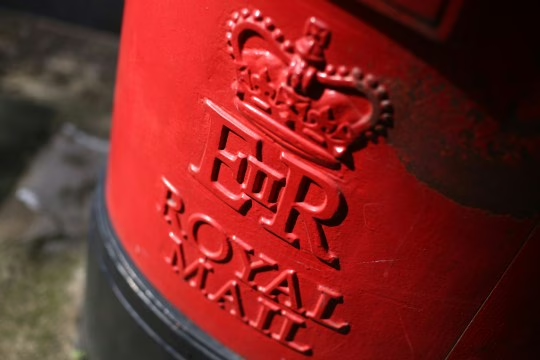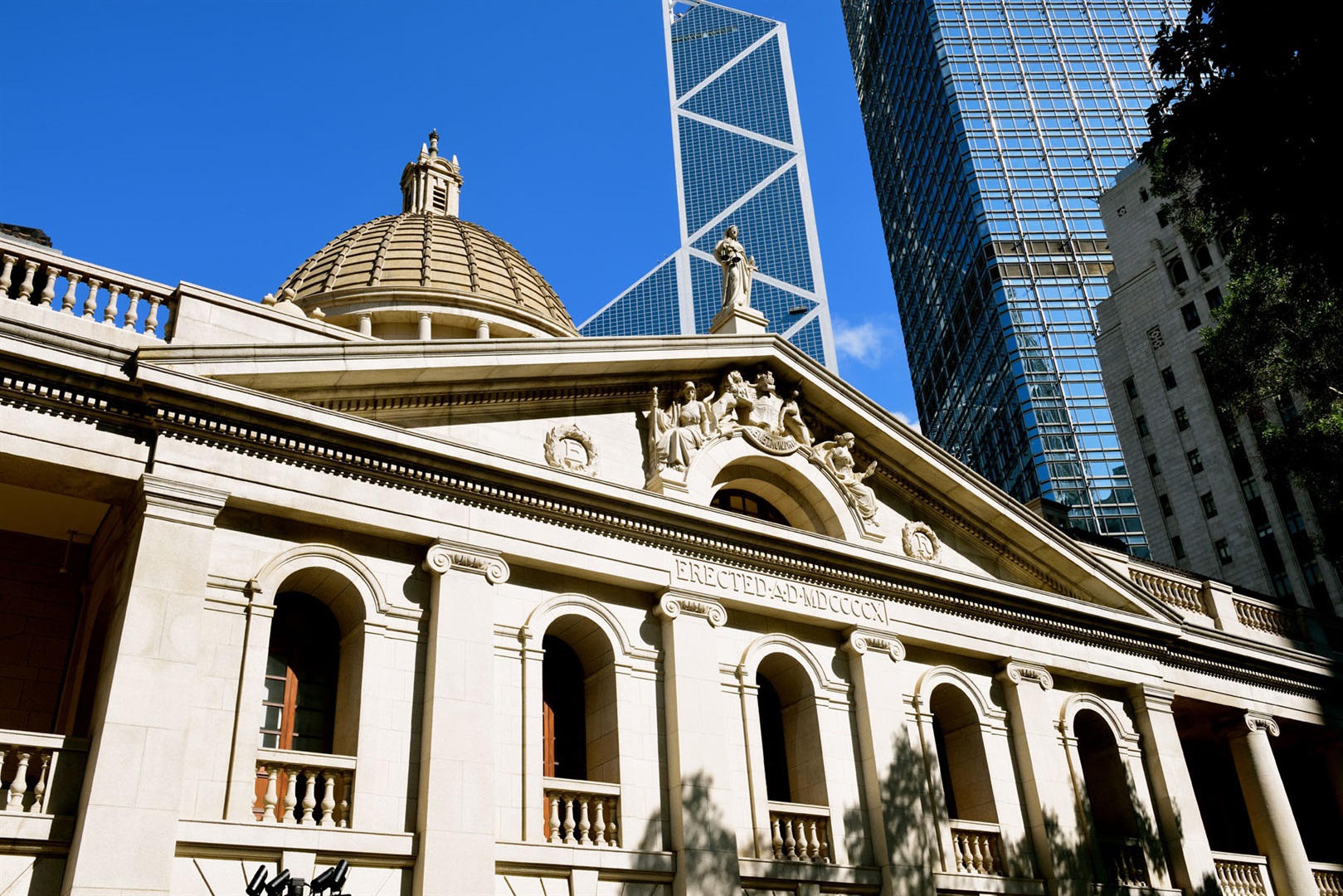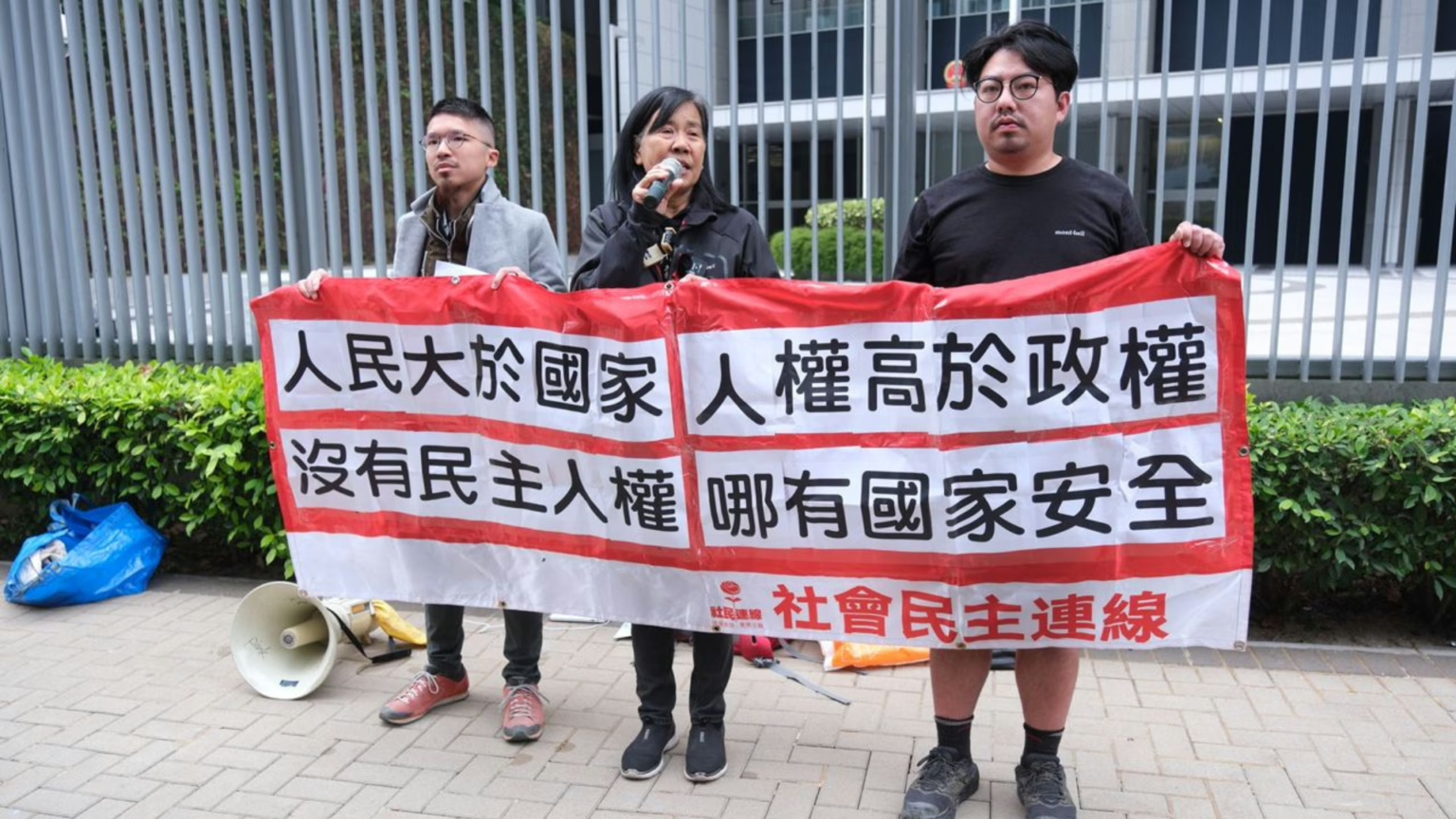The UK government has revealed shortlisted designs for a permanent memorial to Queen Elizabeth II in London, aimed at honouring her 70-year reign and profound impact on the nation and the Commonwealth. A standout proposal by renowned architect Lord Foster features a statue of the Queen alongside Prince Philip. However, the project has sparked heated debate over public spending during economic challenges, drawing significant attention.
Highlights of the Memorial Designs
The Queen Elizabeth II Memorial project, led by the government and the Queen Elizabeth II Memorial Committee, will be located in St James’s Park, near Buckingham Palace. The five shortlisted designs include Lord Foster’s vision of the Queen and Prince Philip standing side by side, surrounded by landscaping symbolising Commonwealth unity, reflecting her global contributions. Other proposals feature a sculptural garden inspired by the Queen’s portrait and a modern memorial space with digital interactive elements.
The committee stated that the designs aim to “capture the Queen’s dignity, compassion, and dedication,” providing a public space for future generations to reflect on her historic influence. The final design is expected to be selected by 2026, with the memorial set for completion in 2027, marking the 75th anniversary of her accession.
Cultural and Historical Significance
Queen Elizabeth II passed away on 8 September 2022 at the age of 96, having reigned for 70 years—the longest of any British monarch. Her rule spanned the UK’s post-war recovery to its modern era, guiding the nation through numerous crises with steadfast leadership. The memorial project is not only a tribute to her personal legacy but also underscores the enduring role of the monarchy in British identity.
Historian Sarah Gristwood commented: “The Queen’s legacy transcends politics; she was a symbol of unity. This memorial will remind people of her devotion, especially in today’s divided times.” Public sentiment, expressed widely on the X platform, reflects fond memories of the Queen, with many calling the memorial a “fitting tribute.”
Public Spending Controversy
Despite its cultural significance, the project’s budget has ignited controversy. Preliminary estimates suggest the memorial and associated park enhancements will cost tens of millions of pounds, with some funding drawn from public coffers. This comes at a time of slow economic recovery, NHS funding shortages, and a cost-of-living crisis, prompting criticism from some quarters about government priorities.
Labour MPs have argued: “We respect the Queen’s contributions, but with people struggling to afford healthcare and energy bills, should these funds be redirected to public services?” The anti-monarchy group Republic has further contended that royal-related projects should be fully funded by the Royal Family or private donations, not taxpayers.
In response, the government has highlighted the memorial’s potential to boost tourism revenue, akin to the economic impact of the Diana, Princess of Wales Memorial Fountain. The committee has also pledged transparency in financial details and is exploring corporate sponsorships to ease the public burden.
Public Engagement and Future Outlook
The Memorial Committee has launched a public consultation, inviting feedback on the designs through online voting and exhibitions in London, set to run until the end of 2025. Some citizens have suggested incorporating charitable elements, such as a fund tied to the Queen’s supported causes, to extend her legacy.
Experts stress that the project’s success hinges on balancing cultural value with economic realities. A University of London urban planning professor noted: “If the memorial becomes a tourism landmark and fosters community unity, it will justify its cost. Transparent financial management is critical.”
Conclusion
The Queen Elizabeth II Memorial project carries deep emotional weight as a tribute to one of Britain’s most beloved monarchs, yet it tests the government’s ability to navigate economic constraints. As designs are unveiled and public discussions deepen, the memorial’s future will reflect not only the Queen’s legacy but also how the UK defines its history and values in the modern era.
Discover more from “Bridging Hongkongers. Reporting Truth.”
Subscribe to get the latest posts sent to your email.




